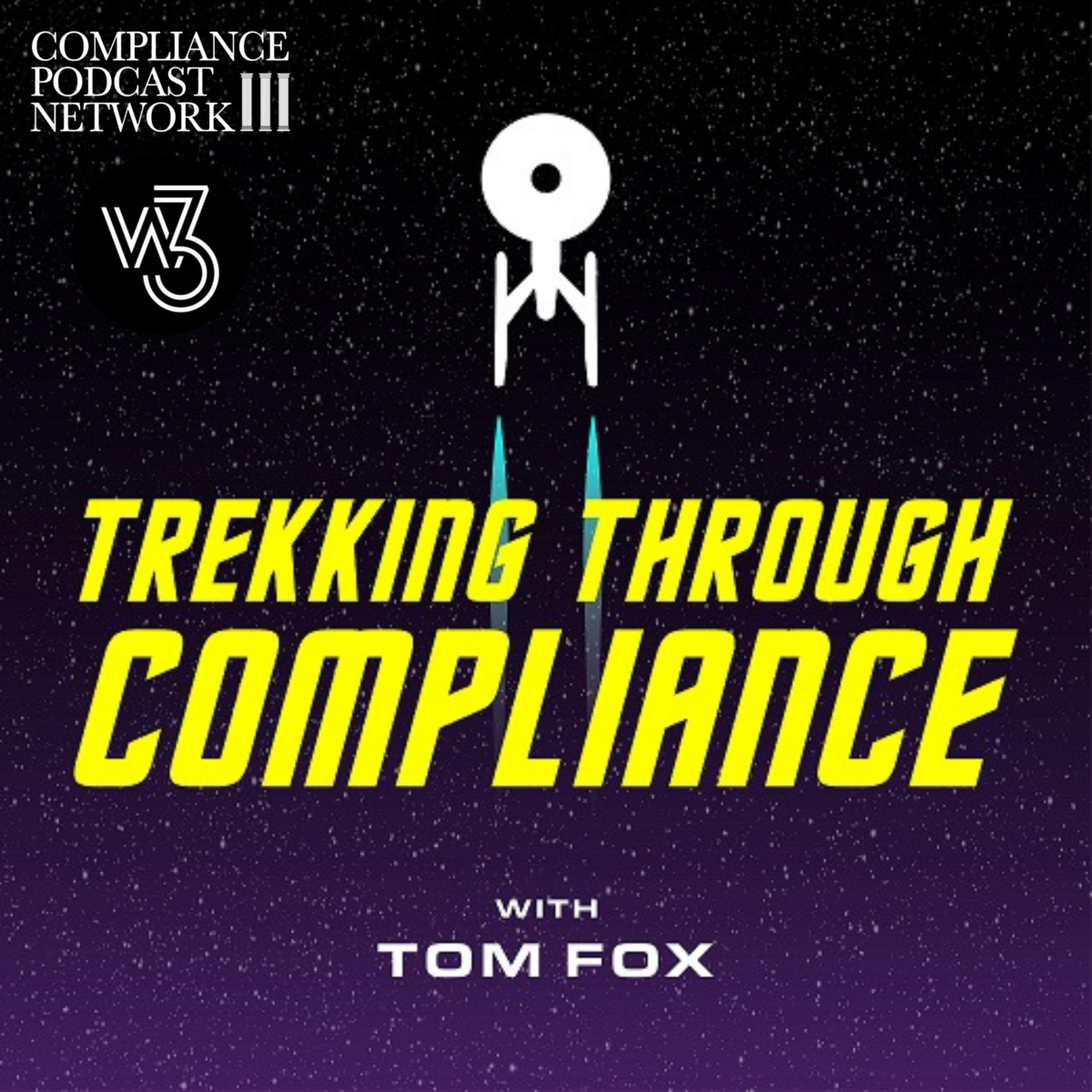The Star Trek world and family lost one of its dearest members on Sunday with the passing of Nichelle Nichols, Lt. Nyota Uhura. George Takei spoke for many of us when he wrote on Twitter, “For today, my heart is heavy, my eyes shining like the stars you now rest among, my dearest friend.” The role of Lt. Uhuru was truly ground-breaking for television in the 1960s; a black woman was an officer of a naval ship (well OK combined services); manning a key role on the executive leadership team of the Starship Enterprise. For a television show which premiered only a couple of years after the landmark Civil Rights Act of 1964, her role was almost revolutionary.
Indeed, as noted by Jake Tapper on Twitter, perhaps her biggest fan was Dr. Martin Luther King. After the first season of the show, she was considering leaving but reconsidered after meeting Dr. King at an NAACP fundraiser. She said he introduced himself as a fan and grew visibly horrified when she explained her desire to abandon her role, one of the few non-servile parts for Blacks on television. Nichols told Entertainment Tonight, “Because of Martin, I looked at work differently. There was something more than just a job.” As reported in The Hollywood Reporter, “He told me that Star Trek was one of the only shows that his wife Coretta and he would allow their little children to stay up and watch,” she recalled. “I thanked him and I told him I was leaving the show. All the smile came off his face and he said, ‘You can’t do that. Don’t you understand, for the first time, we’re seen as we should be seen? You don’t have a Black role. You have an equal role.’ “I went back to work on Monday morning and went to Gene’s office and told him what had happened over the weekend. And he said, ‘Welcome home. We have a lot of work to do.’ Said Roddenberry in the documentary, “I was pleased that in those days, when you couldn’t even get Blacks on television, that I not only had a Black but a Black woman and a Black officer.””
Adam Bernstein, writing in the Washington Post, said, “Nichelle Nichols, an actress whose role as the communications chief Uhura in the original “Star Trek” franchise in the 1960s helped break ground on TV by showing a Black woman in a position of authority and who shared with co-star William Shatner one of the first interracial kisses on American prime-time television.” He went on to say, “On the bridge of the starship Enterprise, in a red minidress that permitted her to flaunt her dancer’s legs, Ms. Nichols stood out among the otherwise all-male officers. Uhura was presented matter-of-factly as fourth in command, exemplifying hopeful future when Blacks would enjoy full equality.”
On the subject of that kiss, the first inter-racial kiss went to Sammy Davis, Jr. and Nancy Sinatra but was simply a “peck on the cheeks.” Her kiss with Shatner was anything but a peck on the cheek. Bernstein wrote, “Her most prominent “Star Trek” moment came in a 1968 episode, “Plato’s Stepchildren,” about a group of “superior” beings who use mind control to make the visiting Enterprise crew submit to their will. They force Kirk and Uhura, platonic colleagues, to kiss passionately.” But if you watch the episode, I as recently did for its upcoming treatment on my podcast series Trekking Through Compliance, you will see that it is something very different than a passionate kiss, as it was forced onto the characters of Kirk and Uhura by beings who controlled their minds. In rewatching the entire episode, it is a troubling episode with this kiss perhaps the most troubling seen.
The Hollywood Reporter said of that kiss, “When NBC execs learned about the kiss during production, they feared stations in the Southern states would not air the episode, so they ordered that another version of the scene be filmed. But Nichols and Shatner purposely screwed up every additional take. Finally, the guys in charge relented: ‘To hell with it. Let’s go with the kiss,” Nichols wrote in her 1994 book, Beyond Uhura: Star Trek and Other Memories. “I guess they figured we were going to be canceled in a few months anyway. And so the kiss stayed.”
Even though Star Trek, the Original Series went off the air in 1969, “Nichols’s continued association with Uhura at Trekkie conventions led to a NASA contract in 1977 to help recruit women and minorities to the nascent space shuttle astronaut corps.” Nichols said of that recruiting effort, “I went everywhere. I went to universities that had strong science and engineering programs. I was a guest at NORAD [the North American Aerospace Defense Command], where no civilian had gone before. “At the end of the recruitment, NASA had so many highly qualified people. They took six women, they took three African-American men … it was a very fulfilling accomplishment for me.”
In many ways, the fight for equality that Nichols participated in is still ongoing. Diversity, Equity and Inclusion (DEI) is under attack in many states across the nation, with states such as Florida and Texas considering legislation which prevents companies from DEI initiatives such as those by pioneers such as Nichols.
Sunday, we lost another pioneer in the fight for DEI and social justice but from a very different world from Nichols. That pioneer was Bill Russell, and his world was sports. Please join me tomorrow when I pay tribute to Russell.






